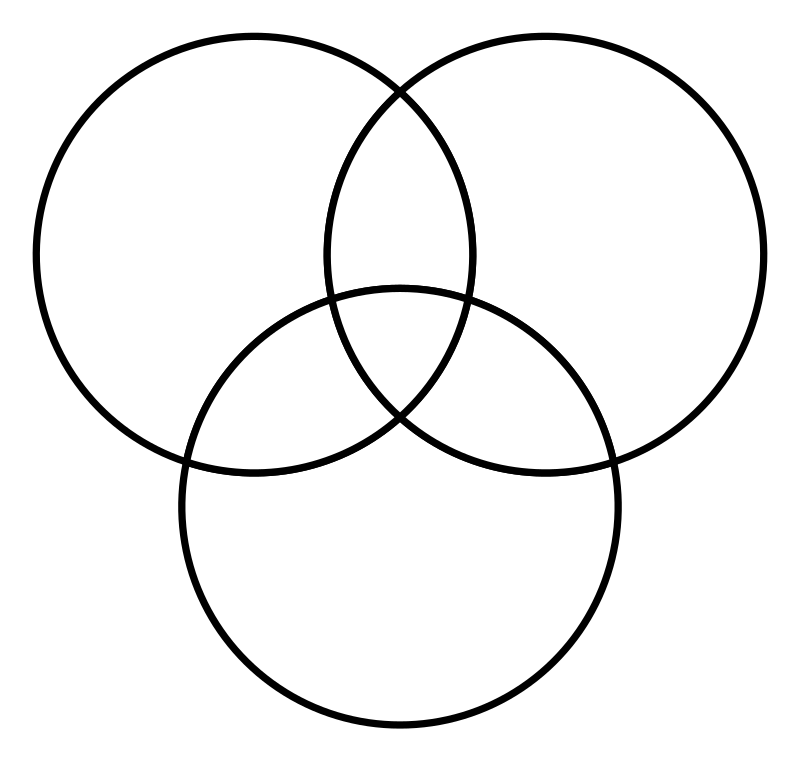CS170: Programming for the World Around Us - Conditionals in Python
Activity Goals
The goals of this activity are:
- To be able to write an
if statement
- To be able to write an
else statement
- To design boolean expressions for conditionals
- To combine the
if and else blocks to form conditionals that utilize the else if construct
- To implement complex conditional statements using boolean expression operators
Supplemental Reading
Feel free to visit these resources for supplemental background reading material.
The Activity
Directions
Consider the activity models and answer the questions provided. First reflect on these questions on your own briefly, before discussing and comparing your thoughts with your group. Appoint one member of your group to discuss your findings with the class, and the rest of the group should help that member prepare their response. Answer each question individually from the activity, and compare with your group to prepare for our whole-class discussion. After class, think about the questions in the reflective prompt and respond to those individually in your notebook. Report out on areas of disagreement or items for which you and your group identified alternative approaches. Write down and report out questions you encountered along the way for group discussion.
Model 1: Conditionals for Selective Execution with if Statements
Questions
- Try running the above program for different ages (say, 18, 34, 35, and 36).
Model 2: Conditionals for Selective Execution with if/else Statements
Questions
- Write and execute an
if/else statement that determines if it is warm and not raining outside, and prints out whether or not it is appropriate to go outside.
Model 3: Creating a Waterfall of Possibilities by combining else and if
Questions
- Which code structure above do you prefer and why?
- Can you switch the order of the
if statements in either example? Why or why not?
Model 4: Compound if conditionals
Questions
- What text should go into the
println statement to indicate whether the person can vote (at least age 18) but also is too young to run for president (at least age 35)?
- Can you switch the order of the checks inside the
if statement? Why or why not?
- Consider the letter grade breakdown table on our course syllabus. Write a series of compound
if statements that determines if your grade is an A+, an A, or an A-.
Model 5: Putting It All Together: Implementing a Venn Diagram
Questions
- Make up a 3-way Venn Diagram of your choosing; you can look one up on the Internet if you wish.
- Label the three large circles "A", "B", and "C". In each of the 7 regions within the Venn Diagram, which elements are true and which are false?
- Write a series of
if statements that may use else and else if blocks that print out the different states of your Venn Diagram. There are a few ways to go about this, so we will discuss and compare approaches as a class.
Model 6: Using Flow Charts to Observe Conditional Program Flow
Questions
- Draw a flowchart diagram that illustrates the control flow of your Venn Diagram program.
- Draw a flowchart of a conditional that checks if your grade is within range for each letter grade in the class.
Submission
I encourage you to submit your answers to the questions (and ask your own questions!) using the Class Activity Questions discussion board. You may also respond to questions or comments made by others, or ask follow-up questions there. Answer any reflective prompt questions in the Reflective Journal section of your OneNote Classroom personal section. You can find the link to the class notebook on the syllabus.

